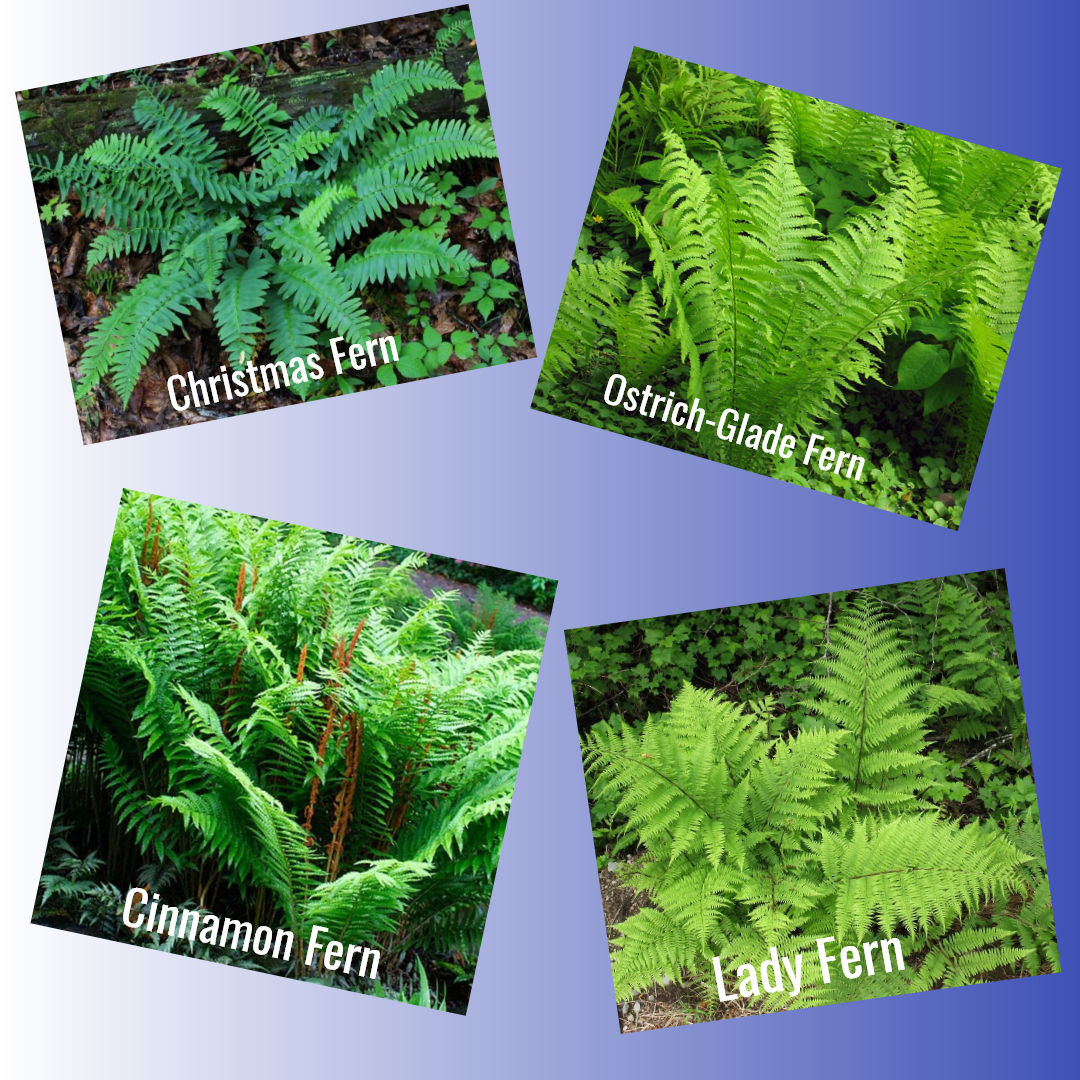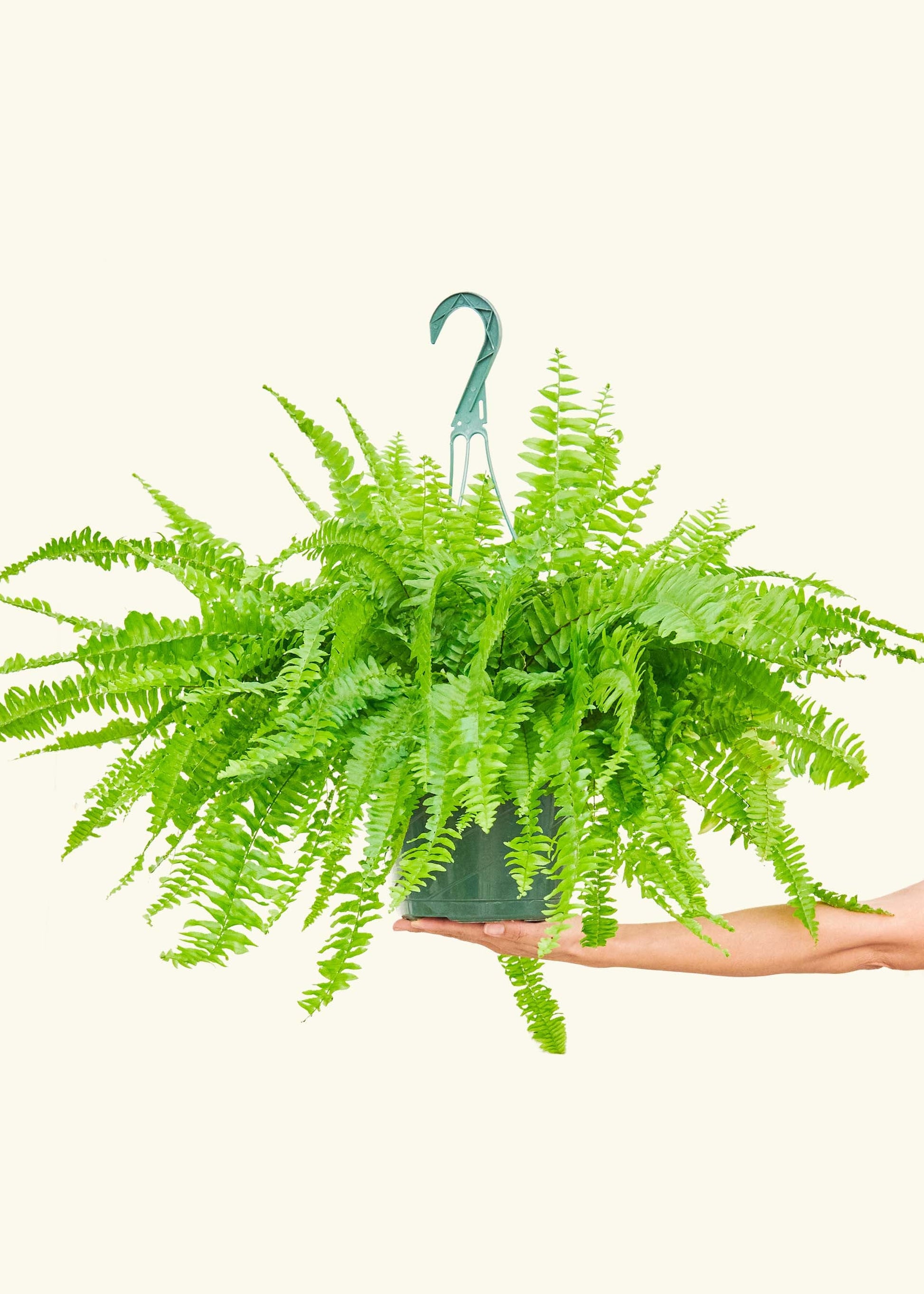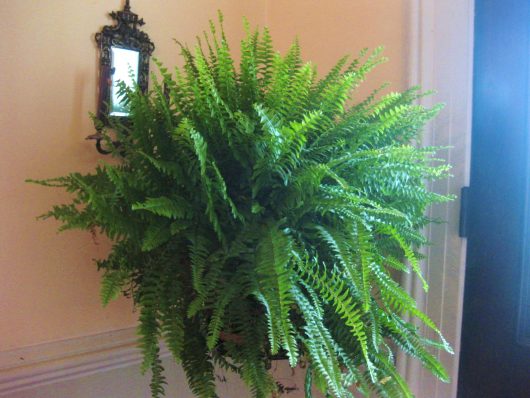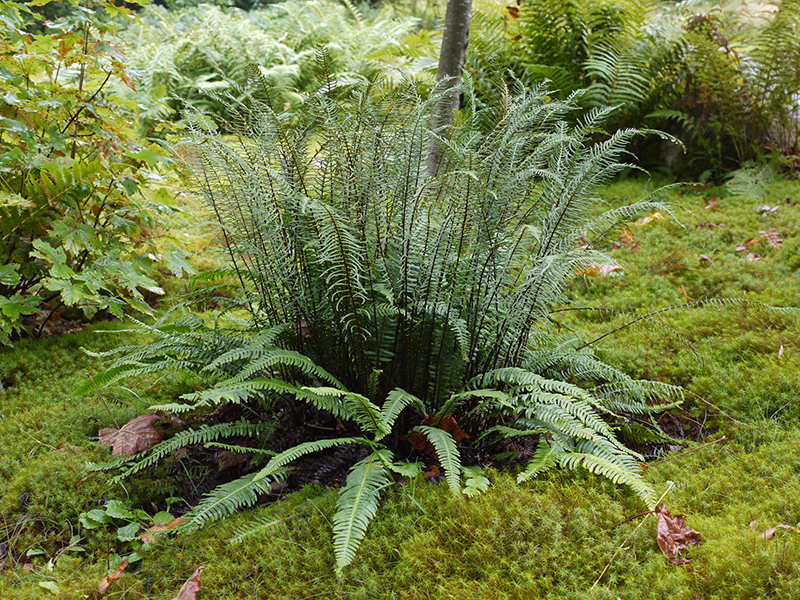Explore Elizabeth-Ann Phares’s board “Boston Ferns“, followed by 1,049 people on Pinterest. See more ideas about boston ferns, ferns, plants.
Shop Lush Boston Fern Plant, Including Large Options
As a gardening and landscaping expert, I can provide you with some insights on planting a Boston fern in the ground in Zone 5. The Boston fern, known for its lush and feathery fronds, is a popular choice for both indoor and outdoor settings. However, due to its size, it is generally better suited for outdoor planting in Zone 5.

Source Image: nativewildflowers.net
Download Image
Here is the Boston fern care that you can use to grow them outdoors. Soil: Boston ferns prefer light, loamy and airy soils. You can add compost to your potting mix for best results. Add perlite and peat moss to the soil to improve airflow to the roots. These also ensure proper drainage after watering.

Source Image: heyrooted.com
Download Image
Pacific Horticulture | California Native Ferns If you live in a dry climate, mist the plant lightly on hot days. If your outdoor Boston fern is growing in a container, it will probably need water every day during the summer. Keep a close eye on the plant. On hot days the fern may require a second watering. Small amounts of fertilizer are best for Boston fern, which is a light feeder.

Source Image: mygardenlife.com
Download Image
Can Boston Ferns Be Planted In The Ground Zone 5
If you live in a dry climate, mist the plant lightly on hot days. If your outdoor Boston fern is growing in a container, it will probably need water every day during the summer. Keep a close eye on the plant. On hot days the fern may require a second watering. Small amounts of fertilizer are best for Boston fern, which is a light feeder. Jan 26, 2024Alternatively, you can also grow the Boston fern in the ground next to wishbone flowers. They’re suitable for zones 2-11, and they won’t mind the shade at all. Boston Ferns as Ground Covers. If you’re willing to go for a bold statement piece in your home garden, you can opt to let the fern spread over a larger area, creating a bushy
Macho Fern ‘Macho’ (Nephrolepis biserrata) – MyGardenLife
Aug 17, 2022It prefers very moist soil. Christmas fern – Hardy to zone 5, this dark green fern prefers moist, rocky soil and shade. Christmas fern’s name derives from the fact that it tends to remain green year-round. Bladder fern– Hardy to zone 3, the bladder fern reaches 1 to 3 feet (31-91 cm.) in height and prefers rocky, moist soil. How to Divide & Conquer the Boston Fern – Kevin Lee Jacobs

Source Image: agardenforthehouse.com
Download Image
How to Divide a Boston Fern Aug 17, 2022It prefers very moist soil. Christmas fern – Hardy to zone 5, this dark green fern prefers moist, rocky soil and shade. Christmas fern’s name derives from the fact that it tends to remain green year-round. Bladder fern– Hardy to zone 3, the bladder fern reaches 1 to 3 feet (31-91 cm.) in height and prefers rocky, moist soil.

Source Image: mygardenlife.com
Download Image
Shop Lush Boston Fern Plant, Including Large Options Explore Elizabeth-Ann Phares’s board “Boston Ferns“, followed by 1,049 people on Pinterest. See more ideas about boston ferns, ferns, plants.

Source Image: livelyroot.com
Download Image
Pacific Horticulture | California Native Ferns Here is the Boston fern care that you can use to grow them outdoors. Soil: Boston ferns prefer light, loamy and airy soils. You can add compost to your potting mix for best results. Add perlite and peat moss to the soil to improve airflow to the roots. These also ensure proper drainage after watering.

Source Image: pacifichorticulture.org
Download Image
Boston Fern Indoors (Nephrolepis exaltata) – MyGardenLife Before planting your Boston ferns, till the soil and work in some compost, leaf mulch, or finely chopped bark. After planting, mulch around the plants to help the ground keep water. As the mulch decomposes, it will feed the plants. You can turn it into the soil and add a fresh layer every spring.

Source Image: mygardenlife.com
Download Image
Boston Fern Care Guide: Grow this Easy-Care Houseplant If you live in a dry climate, mist the plant lightly on hot days. If your outdoor Boston fern is growing in a container, it will probably need water every day during the summer. Keep a close eye on the plant. On hot days the fern may require a second watering. Small amounts of fertilizer are best for Boston fern, which is a light feeder.

Source Image: gardenerspath.com
Download Image
Easy-to-Grow Ferns for Northern California – FineGardening Jan 26, 2024Alternatively, you can also grow the Boston fern in the ground next to wishbone flowers. They’re suitable for zones 2-11, and they won’t mind the shade at all. Boston Ferns as Ground Covers. If you’re willing to go for a bold statement piece in your home garden, you can opt to let the fern spread over a larger area, creating a bushy

Source Image: finegardening.com
Download Image
How to Divide a Boston Fern
Easy-to-Grow Ferns for Northern California – FineGardening As a gardening and landscaping expert, I can provide you with some insights on planting a Boston fern in the ground in Zone 5. The Boston fern, known for its lush and feathery fronds, is a popular choice for both indoor and outdoor settings. However, due to its size, it is generally better suited for outdoor planting in Zone 5.
Pacific Horticulture | California Native Ferns Boston Fern Care Guide: Grow this Easy-Care Houseplant Before planting your Boston ferns, till the soil and work in some compost, leaf mulch, or finely chopped bark. After planting, mulch around the plants to help the ground keep water. As the mulch decomposes, it will feed the plants. You can turn it into the soil and add a fresh layer every spring.